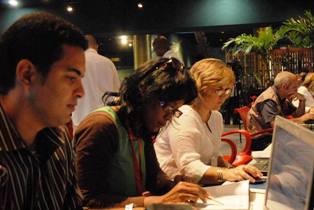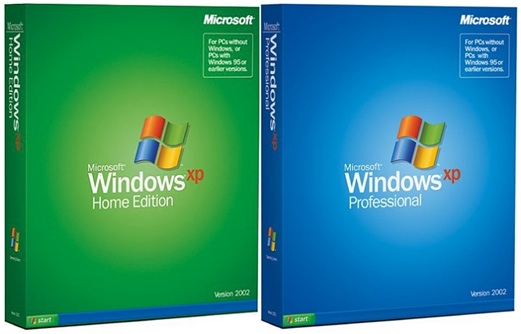The subject of the target consumers continues to be one of the Achilles heels in the radio that is made in Cuba and if our proposals are to be set up on other platforms, it is essential to narrow the fence around this element.
When the speech is directed to a specific group, the distance between the speaker – program – station and the recipient is then shortened. Depending on the empathy that the announcer-conductor may achieve, greater effectiveness would be obtained resulting in a stronger wish to tune in again. A good example would be the case of programs where active interaction with the target audience is encouraged and achieved. And I make emphasize on this last element because it is well known that the necessary feedback of space is not always received from the target listener. Interactions often come from audiences whose intentionality is not the one chosen for the program.
Even when the concept of the space has not designed a time for exchange on the developed topic, the possibility of referring them to the networks should not be underestimated, especially if a profile exists for the program in question; thus, from there the dialogue can be motivated, not only among listeners who have consumed the broadcast, but also stimulating it among those who, attracted by the content, the aspect addressed or any other motivation, feel in a position to participate in the said dialogue.
It is precisely here where the presence of the program’s producers is essential. The listener must feel that he is being rewarded for his following-up of the space because this exchange could represent a continuity of the program, where debates, contributions, and new elements are introduced, which perhaps due to haste, lack of foresight, or any other reason, were not addressed in the conventional broadcast.

This can be an aspect, more than important, essential in attracting potential audiences and further focusing our programs on true intentionality. It also makes it possible to identify new groups within society (regional, local, etc.) that feel attracted or interested in specific aspects of the territory. In this sense, the radio can expand its capacity as accompaniment and reaffirm itself as a potential solution-provider to difficulties and misunderstandings associated with specific phenomena.
The possibility for this media to appear on these virtual spaces allows it to readjust itself, given the current circumstances, but it also broadens the capacity for citizen participation. It should be seen as a way of reinforcement because, in traditional broadcasting, the time of the program limits the space given to interaction with the public, while from the networks its insertion can be unlimited from the fact that in the comments themselves the debate is born from the difference of opinion, the suggestion of an understood criterion, the referral to more specialized sites to find other aspects, in short… There will be as many interventions as there will be interest on the subject and stimulate the expression of different criteria.
 The fact that the program itself is placed on these platforms makes our radio production much more democratic, as it can be reproduced and, therefore, consumed by those who access the site.
The fact that the program itself is placed on these platforms makes our radio production much more democratic, as it can be reproduced and, therefore, consumed by those who access the site.
If, in turn, this space is enriched with images, texts, and whatever elements allow us to use the concept and the theme itself, then we are facing a re-dimensioning of our productions. Furthermore, it translates into a growth of radio from ways of doing that incorporate concepts and aspects that were previously forbidden by the traditional conception itself.
We are faced with the possibility of making our creations grow, that we are heard and “seen” through other images not subject to sound construction. Undoubtedly, it is an unquestionable advantage by which radio is launched again and shows its regenerative capacity in times when technological evolution seemed to threaten its adaptability and survival.
Therefore, it is essential to increasingly bear in mind the public and assume the search for other interested parties, other consumers of these virtual spaces. However, duality here is a healthy contributing issue, because we would be covering the traditional public, who listens and consumes the traditional media, and then we would be presenting our proposal to those who could potentially consume from the networks.
Let us also see it as the fastest and most effective possibility of measuring the impact of our content and spaces from the participation and interaction that occurs in those scenarios. No doubt at all, it is an irrefutable opportunity.





